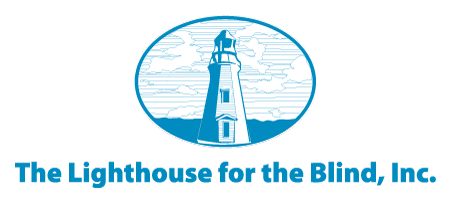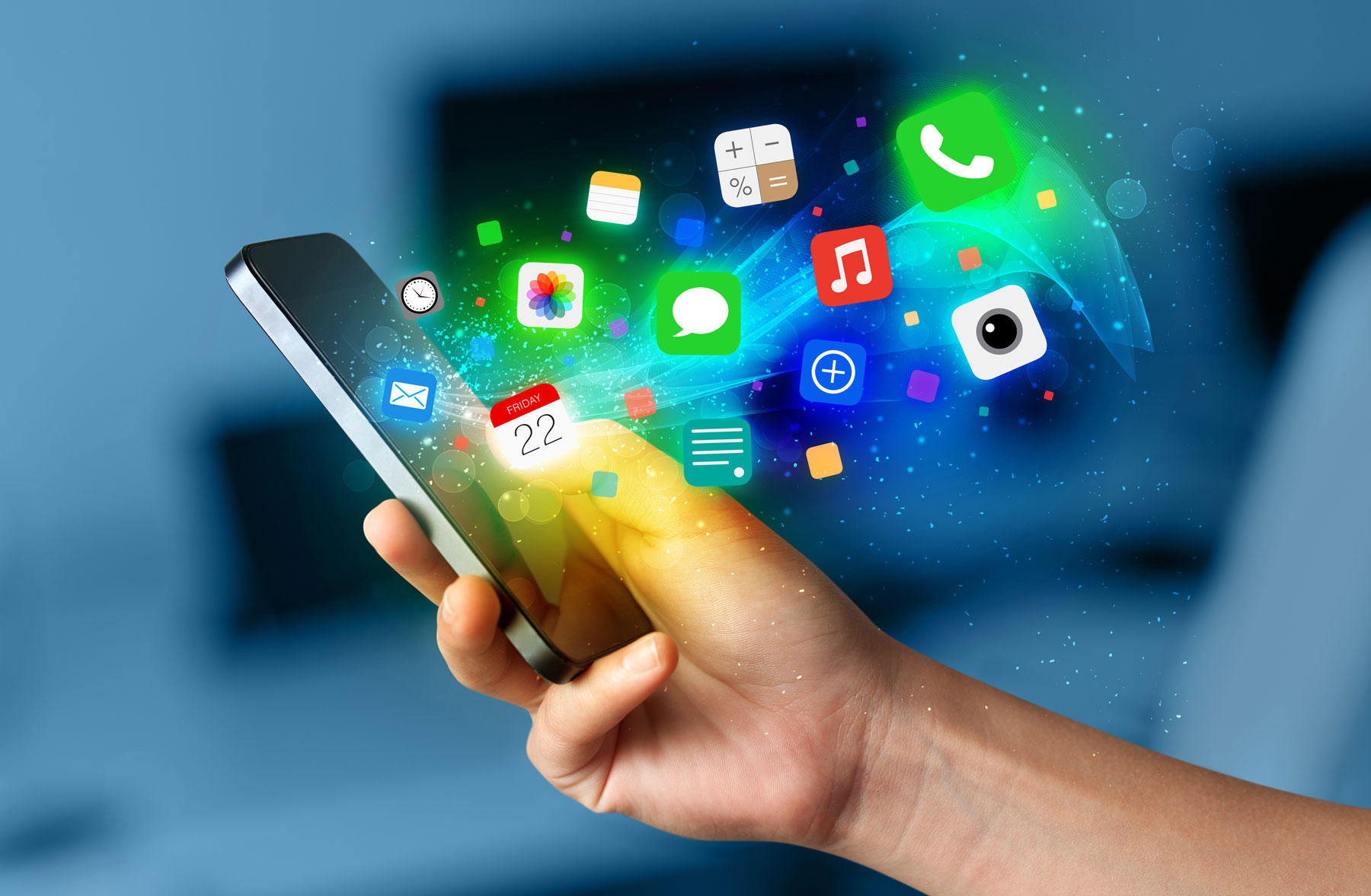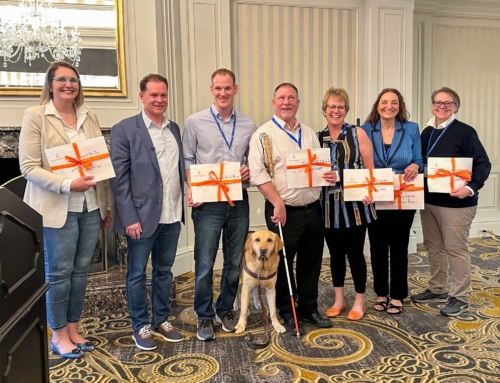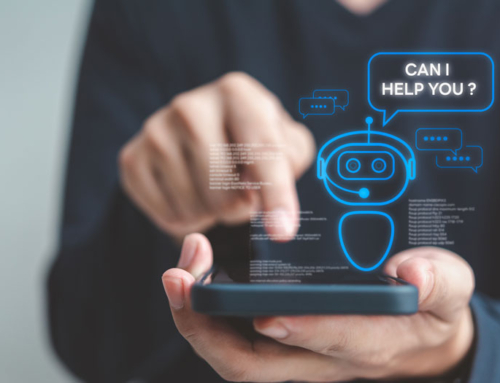As technology continues to evolve, blind students are finding more accessible and inclusive tools to aid their education journey. Apps that cater to the needs of people who are blind make returning to school or college a more seamless and productive experience. These apps range from assisting with document creation and organization to providing customized reading experiences.
Google Docs – A Free and Inclusive Word Processor
Google Docs is a widely used, free word processor that operates entirely within a web browser. Its popularity in academia and education makes it an essential tool for students. However, for visually impaired users, some navigation and editing skills may need mastering. Here’s why Google Docs shines in the world of accessible apps for blind students:
- Universal Accessibility: Google Docs is accessible with popular screen readers, and it prompts users to enable screen reader mode if it’s not already active.
- Collaborative Editing: Students can collaborate with sighted peers on the same documents while being able to track changes and additions in real time.
- Integration With Google Suite: Google Docs integrates seamlessly with other Google applications like Google Sheets and Google Drive, offering a comprehensive suite of tools for organization and productivity.
Google Drive – Your Accessible Cloud Storage Solution
Google Drive is a free file storage service similar to Dropbox, offering blind students a versatile and accessible platform for managing and sharing their digital files. Key features include:
- Accessibility: Google Drive ensures compatibility with screen readers by prompting users to enter screen reader mode.
- Cloud Storage: Unlike traditional local storage, Google Drive stores files on remote servers, providing access from any location with an internet connection.
- User-Friendly Interface: The interface is designed with ease of navigation in mind, allowing visually impaired users to manage files effortlessly.
Chromebook – An Affordable and Accessible Computing Option
The Chromebook, a Google-powered laptop, is gaining traction in the K-12 educational sector for its affordability and accessibility. Here’s why Chromebooks are a great choice for blind students:
- Cost-Effective: Chromebooks are often more affordable than traditional laptops, making them a practical choice for schools and students.
- Built-In Screen Reader: Chromebooks come with the Chromebox screen reader, designed to enhance accessibility for users with visual impairments.
Ensuring that your Chromebook is up to date (ideally within two years) is essential for optimal performance when using screen reading software.
Voice Dream Reader – Tailored Reading Experience
Voice Dream Reader is an app tailored for readers with visual impairments, allowing them to customize their reading experience. It excels in three key areas:
- Text Sources: Voice Dream Reader can import text from various sources, including Book Share, Dropbox, Google Drive, Project Gutenberg, and more offering a vast array of reading materials.
- Customization: Users can customize the appearance of the text, such as font size and background color, to suit their preferences. Additionally, they can adjust the speed and voice of the text-to-speech function.
- OCR Scanning: Voice Dream Reader can scan printed materials through Optical Character Recognition (OCR) technology, making physical texts accessible in a digital format.
Voice Dream Scanner – A Standalone OCR Solution
For those who don’t require the full Voice Dream Reader app, there’s Voice Dream Scanner, a standalone OCR solution. It offers the same scanning functionality as the integrated scanner in Voice Dream Reader. Features include:
- Edge Detection: Automatically activates the flashlight when needed, ensuring sufficient lighting for scanning.
- Batch Mode: Allows users to capture multiple images in sequence for recognition.
- Auto Capture: Automatically detects and captures text when it comes into view.
- Export Options: Offers flexibility in saving and sharing scanned text.
As technology continues to advance, accessibility for blind students is improving, enabling them to take full advantage of educational resources. These accessible apps empower people who are blind to excel academically and beyond. By incorporating these apps into their educational toolkit, blind students can embrace their education journey with confidence and independence. Learn about AI apps for people who are blind >>
This content was adapted from a recent Lighthouse webinar. Watch Accessible Apps for Education and Beyond now >>






